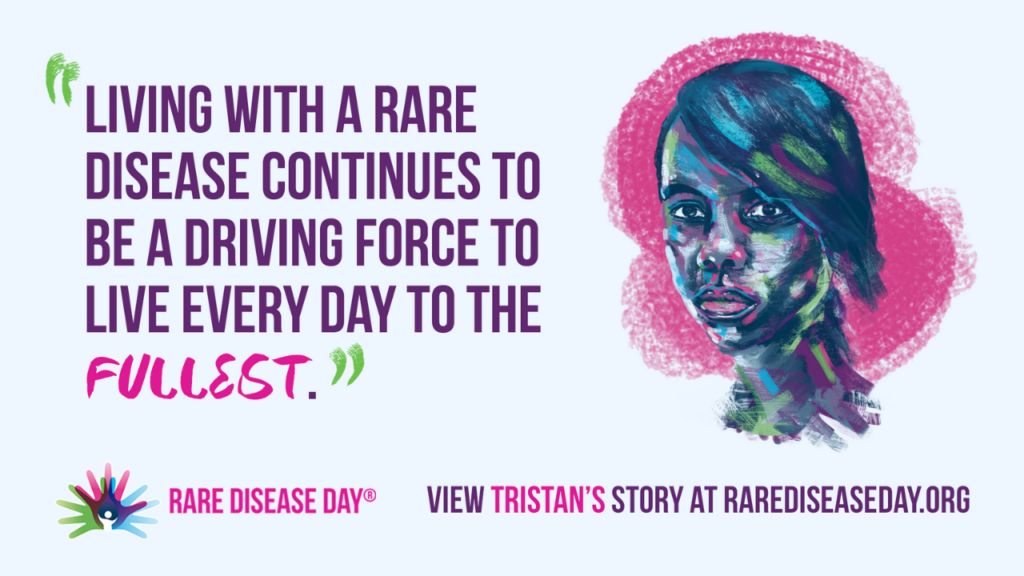A rare disease is any disease that affects a small percentage of people in a population. While no universal ratio exists, many countries or regions identify the prevalence of such conditions based on their environment. For instance in the European Union (EU), a disease is classified as a rare disease if it affects fewer than 1 in 2,000 people. That number is placed at 1 in 1,500 people in the United States of America and is defined as low as 1 in 100,000 people in Peru.
Although these percentages might appear small, it translates to approximately 246,000 people in the EU alone. Some of these diseases include Sickle Cell Disease, Moebius Syndrome, Stoneman Syndrome, and alkaptonuria. Most patients suffer from even rarer diseases affecting 1 person in 100,000 or more. Approximately 5,000-8,000 distinct rare diseases affect 6-8% of the EU population i.e., between 27 and 36 million people.
Key Figures
- There are over 300 million people living with one or more of over 6,000 identified rare diseases around the world1, each supported by family, friends and a team of carers that make up the rare disease community.
- Each rare disease may only affect a handful of people, scattered around the world, but taken together the number of people directly affected is equivalent to the population of the world’s third largest country.
- Rare diseases currently affect 3.5% – 5.9% of the worldwide population.
- 72% of rare diseases are genetic whilst others are the result of infections (bacterial or viral), allergies and environmental causes, or are degenerative and proliferative.
- 70% of those genetic rare diseases start in childhood.
Characteristics of Rare Diseases

Over 6000 rare diseases are characterized by a broad diversity of disorders and symptoms that vary not only from disease to disease but also from patient-to-patient suffering from the same disease.
Relatively common symptoms can hide underlying rare diseases leading to misdiagnosis and delaying treatment. Quintessentially disabling, the patient’s quality of life is affected by the lack or loss of autonomy due to the chronic, progressive, degenerative, and frequently life-threatening aspects of the disease.
The fact that there are often no existing effective cures adds to the high level of pain and suffering endured by patients and their families.
Common Challenges
The lack of scientific knowledge and quality information on the disease often results in a delay in diagnosis. Also, the need for appropriate quality health care engenders inequalities and difficulties in access to treatment and care. This often results in heavy social and financial burdens on patients.
As mentioned, due to the broad diversity of disorders and relatively common symptoms which can hide underlying rare diseases, initial misdiagnosis is common. In addition, symptoms differ not only from disease to disease but also from patient-to-patient suffering from the same disease.
Due to the rarity and diversity of rare diseases, there is a need to ensure that experts, researchers, and clinicians are connected, that clinical trials are multinational, and that patients can benefit from the pooling of resources across borders. Initiatives such as the European Reference Networks (networks of centers of expertise and healthcare providers that facilitate cross-border research and healthcare), the International Rare Disease Research Consortium , and the EU Framework Programme for Research and Innovation Horizon 2020 support international, connected research.
Positive Action
There is an increased call for more stakeholders to become involved in raising awareness for these conditions and doing more in terms of research to develop medicines and treatments for people living with these diseases. One of such channels is the annual Rare Disease Day held on the last day of February every year. This event is marked in Europe, Canada, the US, and India with awareness now spreading to other countries.
Culled from https://www.rarediseaseday.org/article/what-is-a-rare-disease
Featured Image: Read Tristan’s Story

Pingback: Orphan Drugs: Why the Designation? - Xcene Innovate